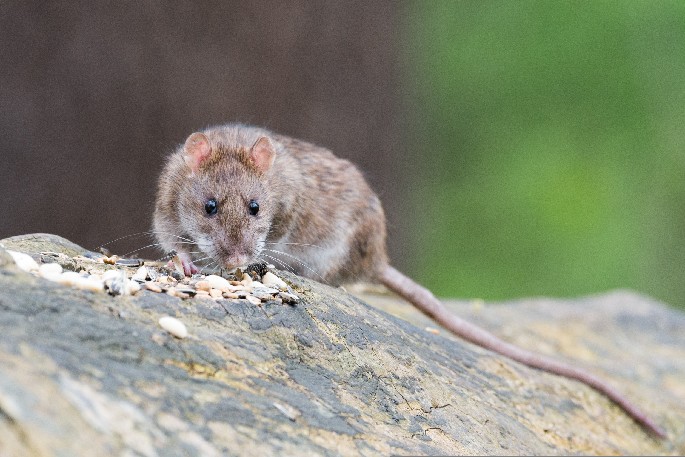This Content Is Only For Subscribers
In Khandallah, Wellington, a determined community group is playing their part in New Zealand’s continued vision to become predator-free by 2050.
Predator Free Khandallah, is a volunteer-led initiative, is part of the larger Predator Free Wellington project, a flagship promise that seeks to rid the capital city of invasive predators.
Partnership lead for Predator Free Khandallah Briony Ellis says “Predator Free Khandallah is absolutely driven by local volunteer residents.” “We’re working as part of a much larger network, but it’s the community that really powers this movement.”
Predator Free Khandallah is one of the many backyard trapping groups that formed following the government’s 2016 announcement of the Predator-Free 2050 initiative.
The goal is to eliminate the country’s most harmful predators, such as rats, stoats, and possums, which threaten native species. Briony describes the initiative as a monumental task akin to New Zealand’s “nuclear-free moment,” reflecting the scale and global significance of the endeavour.
“We’re part of this incredible wave of public support.” she says. “It started in the backyards, with residents in places like Khandallah, Miramar, and Brooklyn taking the initiative. There are now about 50 backyard trapping groups across Wellington alone.”
The Predator Free Wellington project began in Miramar, chosen for its natural boundaries, which made it an ideal location to develop and test methods. “Miramar was like our prototype.” says Briony. “We figured out how to do it there, and now we’re rolling it out across the rest of the city.”
In Khandallah, the efforts are twofold: volunteers focus on reducing predator numbers in anticipation of Predator Free Wellington’s professional teams, known for their “military precision” in trapping. “Our job is to do some of the knockdown before the Predator Free Wellington ‘Ninja Team’ arrives,” says Briony. “They bring a level of expertise and technology that we as volunteers simply can’t match.”
She is also quick to point out that while the community group’s work might seem “haphazard” compared to the professionals, it’s no less important. “We get residents involved, helping them set traps in their gardens, ensuring they’re using the right bait, and keeping them motivated by showing them the results of their efforts.” she says.
The group uses a QR code system called Trap.nz to record their catches, feeding data into the city-wide project.
One of the ongoing challenges says Briony is maintaining enthusiasm and ensuring that caught predators are reported. “It’s all about keeping people feeling enthused and encouraged by the results.” she says. “If people don’t see the impact of their work, they stop doing it. So, our role includes a lot of community engagement.”
As Predator Free Wellington’s operations progress, they hand over areas to local groups like Khandallah to maintain predator-free status. “Once an area is eliminated, it’s up to the community to keep it that way,” says Briony.
Despite the challenges, she remains optimistic. “We’re probably three years away from seeing Khandallah fully integrated into the broader predator-free zone.” “But the work we’re doing now is laying the groundwork for that future.”
For Briony and the volunteers at Predator Free Khandallah, the effort is as much about protecting the native species as it is about fostering community spirit. “The birdlife that’s emerging as a result of these efforts needs somewhere to live.”
“And it’s incredibly compelling for the people of Khandallah to know they’re creating a haven for these species right in their backyards.” she says.



